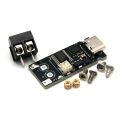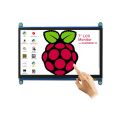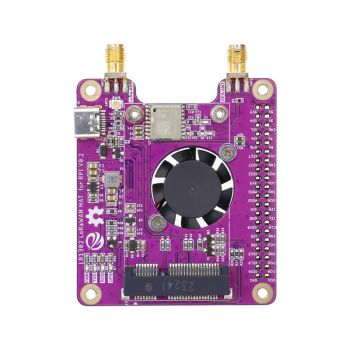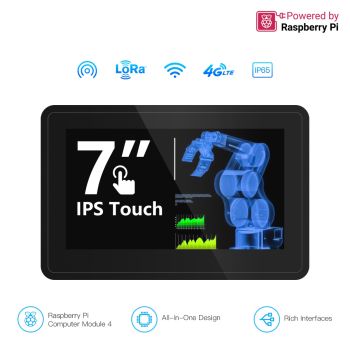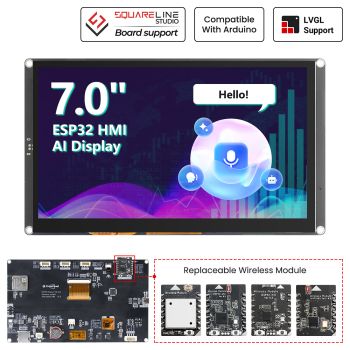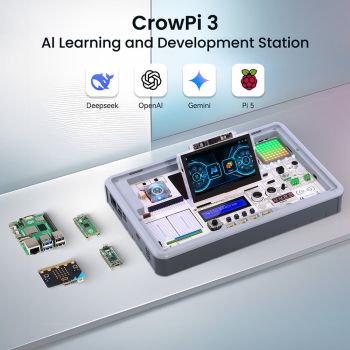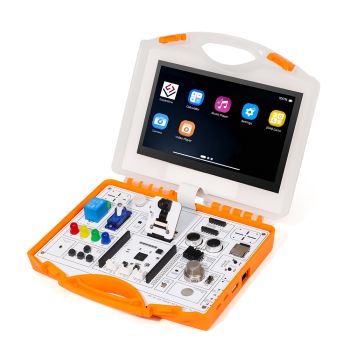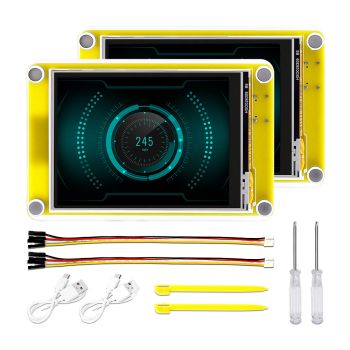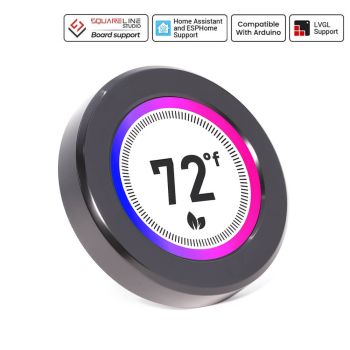Currency
50% OFF! HD interface to DVI Adapter
was
$6.50
Special Price
$3.25
Availability:
In stock
SKU
PCW15965D
Weight
45g
×
 Add to cart successfully!
Add to cart successfully!


Customers Who View This Item Also Bought
Frequently Bought Together
HDMI-compatible interface is a newer digital audio/video interface developed and promoted by the consumer electronics industry. DVI and HDMI-compatible have the same electrical specifications for their TMDS and VESA/DDC links. To promote interoperability between DVI and HDMI-compatible devices, HDMI-compatible source components and displays support DVI signaling. An HDMI-compatible display can be driven by a single-link DVI-D source since HDMI-compatible and DVI-D define an overlapping minimum set of supported resolutions and frame buffer formats. In the reverse scenario, a DVI monitor that lacks optional support for HDCP might be unable to display protected content, even though it is otherwise compatible with the HDMI-compatible source. Features specific to HDMI-compatible, such as remote-control, audio transport, xvYCC, and deep color, are not usable in devices that only support DVI signaling. However, many devices can output HDMI-compatible over a DVI output (examples: ATI 3000-series and NVIDIA GTX 200-series video cards), And some multimedia displays accept HDMI-compatible (including audio) over a DVI input. Exact capabilities vary from product to product.
Features
- High performance cable for standard enhanced and high-definition video
- 24K Gold-Plated connectors on both ends for best conductivity and signal integrity
- Eliminate uneccessary signal conversions.
- HDMI-compatible male 19 pins to DVI 24 pins+1din cable.
- HDMI-compatible is fully backward-compatible with DVI hot plug.
- Please turn off all devices when plugging or unplugging HDMI-compatible cables.
- Cable length: 1.5m / 3ft.
Package list
- HDMI-compatible to DVI Adapter x 1
Write Your Own Review
Bestselling Products You May Like
New Products You May Want





